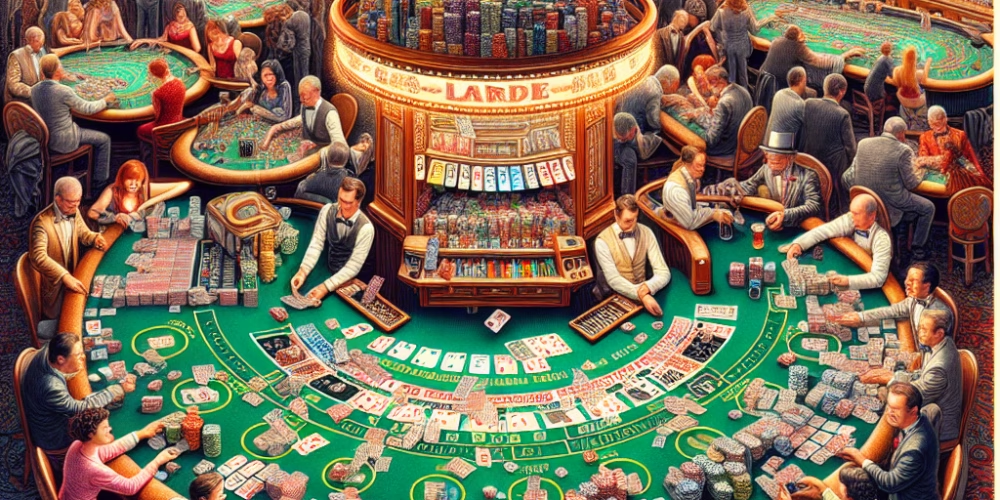In a groundbreaking move expected to reshape the landscape of casino gaming, several high-profile Las Vegas casinos have announced the full integration of Continuous Shuffle Machines (CSMs) at their blackjack tables. This significant shift in game mechanics is projected to not only alter the way players approach the game but also potentially affect the overall casino revenue derived from blackjack.
Blackjack, long renowned for being a game where skill and strategy can significantly influence the outcomes, is traditionally played with either one or several standard decks of cards that are shuffled at intervals. This practice allows skilled players to use strategies such as card counting to gain an upper hand against the house. However, with the introduction of CSMs, cards are shuffled automatically and continuously, making it virtually impossible for players to count cards effectively.
Casino insiders report that the adoption of CSM technology aims to hasten game speed and reduce incidents of card counting, which have historically tipped the odds in favor of players. The direct consequence of this technology on gameplay is significant; without card counting as a viable strategy, players must rely more heavily on basic strategy and less on potential deck composition advantages.
Industry experts predict various implications for both the players and the casinos. From a casino’s perspective, the introduction of CSMs could lead to increased game security and higher operational efficiency. More games per hour can translate into higher overall casino profits, albeit potentially at the cost of player satisfaction and reduced player odds. For regular and professional players, this shift could result in a reevaluation of the financial viability of pursuing blackjack as a serious endeavor.
The reaction among the gaming community has been mixed. While some casual players may not notice significant changes, the sentiment in forums and among seasoned players indicates a potential downturn in interest towards blackjack in casinos that adopt continuous shuffling. According to a frequent Vegas visitor and seasoned blackjack enthusiast, Tom Richardson, “The charm of blackjack lies in its blend of chance and skill. With CSMs, it feels like the balance is tipped too far into the realm of chance.”
Moreover, this development raises questions about the future landscape of table games in casinos. As establishments seek to maximize profits and ensure security, the adoption of technology is inevitable. However, finding a balance that preserves the essence of games that have been beloved for generations poses a considerable challenge.
On the flip side, some industry analysts suggest that the introduction of CSMs might actually work in favor of attracting newcomers. The perceived reduction in game complexity and the minimization of losses due to professional-level strategies like card counting could make blackjack more appealing to novices. Jessica Lee, a casino floor manager, noted, “We might see a shift towards novices feeling more confident stepping up to the blackjack tables, knowing that the playing field is somewhat leveled.”
As this trend continues to develop, the impact on both the culture of blackjack and its strategic approach will be closely monitored by players and casino operators alike. Will traditional strategies become obsolete, or will new strategies emerge in response to this technological shift? Only time will tell how deeply the introduction of CSMs will resonate through the veins of Vegas’s vibrant casino scene.
As Las Vegas continues to evolve, both technologically and culturally, its ability to adapt while preserving the allure and excitement of casino gaming remains key. The ongoing changes in blackjack gameplay are testaments to the city’s dynamic nature and its incessant quest to marry tradition with innovation. Whether this will result in a boon or a bane for the legendary casino strip is a story still unfolding.
James Miller is a distinguished casino strategy expert with a wealth of experience in the gambling world. At CasinoNoDeposits.com, James focuses on crafting effective gaming strategies and providing insightful reviews to guide players towards making informed decisions. His deep understanding of casino mechanics and promotional offers makes him a valuable asset to the team. Dedicated to educating players, James ensures that every piece of content is accurate, actionable, and reader-friendly.


